
eBook, ePUB
19. April 2016
Taylor & Francis eBooks
eBook, PDF
19. April 2016
Taylor & Francis eBooks
eBook, PDF
25. Mai 2010
Taylor & Francis eBooks
eBook, ePUB
26. November 2012
Taylor & Francis eBooks
eBook, PDF
26. November 2012
Taylor & Francis eBooks
Ähnliche Artikel

Gebundenes Buch
Technology, Services, Markets
19. April 2007
CRC Press

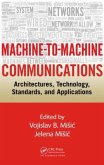
Gebundenes Buch
Architectures, Technology, Standards, and Applications
25. Juni 2014
CRC Press
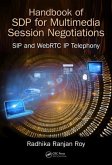
Gebundenes Buch
Sip and WebRTC IP Telephony
24. Mai 2018
CRC Press
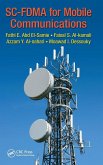
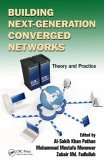
Gebundenes Buch
Theory and Practice
29. Januar 2013
CRC Press

Gebundenes Buch
Selecting the Best Tool for the Test
6. November 2014
CRC Press
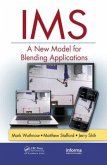
Ähnlichkeitssuche: Fact®Finder von OMIKRON

